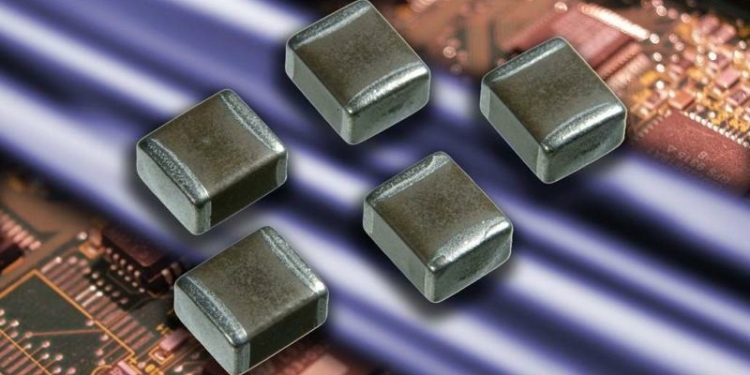source: ECN news
Through continued technical innovation and material sciences advancements, Murata Electronics has developed Hi-Cap MLCCs which surpass 100uF. The line is offered in three new capacitance offerings: 150uF, 220uF, and 330uF values which are available in a range of voltages and case sizes, such as:
1206 size / X5R / 150uF & 220uF /2.5V or 4V
1210 size / X5R / 220uF & 330uF / 2.5V
1210 size / X5R / 220uF/ 2.5V
Ideal as smoothing capacitors for power ICs and power output line filtering, key features include a small size, non-polarized construction, low ESL/low ESR/low ripple voltage, excellent high frequency noise suppression, and high reliability.
































